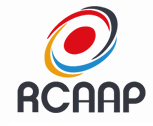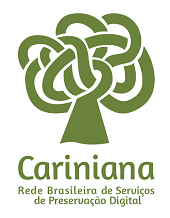The life cycle of Euplectrus Puttleri Gordh, 1980 (Hymenoptera: Eulophidae) on Alabama argillacea Hubner, 1818 (Lepidoptera: Noctuidae) larvae
DOI:
https://doi.org/10.5433/1679-0359.1994v15n1p23Keywords:
Euplectrus puttleri, Alabama argillacea, Parasitim, Cotton.Abstract
Euplectrus puttleri is a gregarious external parasitoid. It was described as a parasite of the Anticarsia gemmatalis. The biology of E. puttleri was studied on Alabama argillacea larvae collected as natural hosts on cotton crops, in Londrina, State of Parana, Brazil. The study was conducted in a climatic chamber (25.5 ± 0.5 °C; 85 ± 10% RH; 12-hour photophase) and the adults were fed a 10% honey solution. Mated females (n =16) were confined individually, with a continuous supply of six 3rd instar larvae. The consumption of the parasitized larvae was evaluated by supplying leaf pieces of 9 cm2 to each one. The results, presented as mean (days or percentage) and standard deviation, were as follows: egg hatching (2.47 ±0.5); egg viabilitiy (99.3%); larval stage period (3.46 ±0.6); larval viabilitiy (95.1%); prepupal period (1.79 ± 0,8); prepupal viabilitiy (100%); pupal period (4.54 ± 0.8); pupal viability (86.4%); longevity of ovipositing females (11.6 ± 1.2); larvae parasitized/ female (3.3 + 1.8); eggs laid/ larva (8.9 ± 2.0); fecundity (29.3 ± 13.5); period from egg to adult (12.2 ±1 for the females and 11.8 ± 0.4 for the males); sex ratio (4.6 females : 1 male). The mean longevity of parasitized larvae was 3.1 days, during which they consumed 7 cm of leaf area.
Downloads
Downloads
Published
How to Cite
Issue
Section
License
Semina: Ciências Agrárias adopts the CC-BY-NC license for its publications, the copyright being held by the author, in cases of republication we recommend that authors indicate first publication in this journal.
This license allows you to copy and redistribute the material in any medium or format, remix, transform and develop the material, as long as it is not for commercial purposes. And due credit must be given to the creator.
The opinions expressed by the authors of the articles are their sole responsibility.
The magazine reserves the right to make normative, orthographic and grammatical changes to the originals in order to maintain the cultured standard of the language and the credibility of the vehicle. However, it will respect the writing style of the authors. Changes, corrections or suggestions of a conceptual nature will be sent to the authors when necessary.















